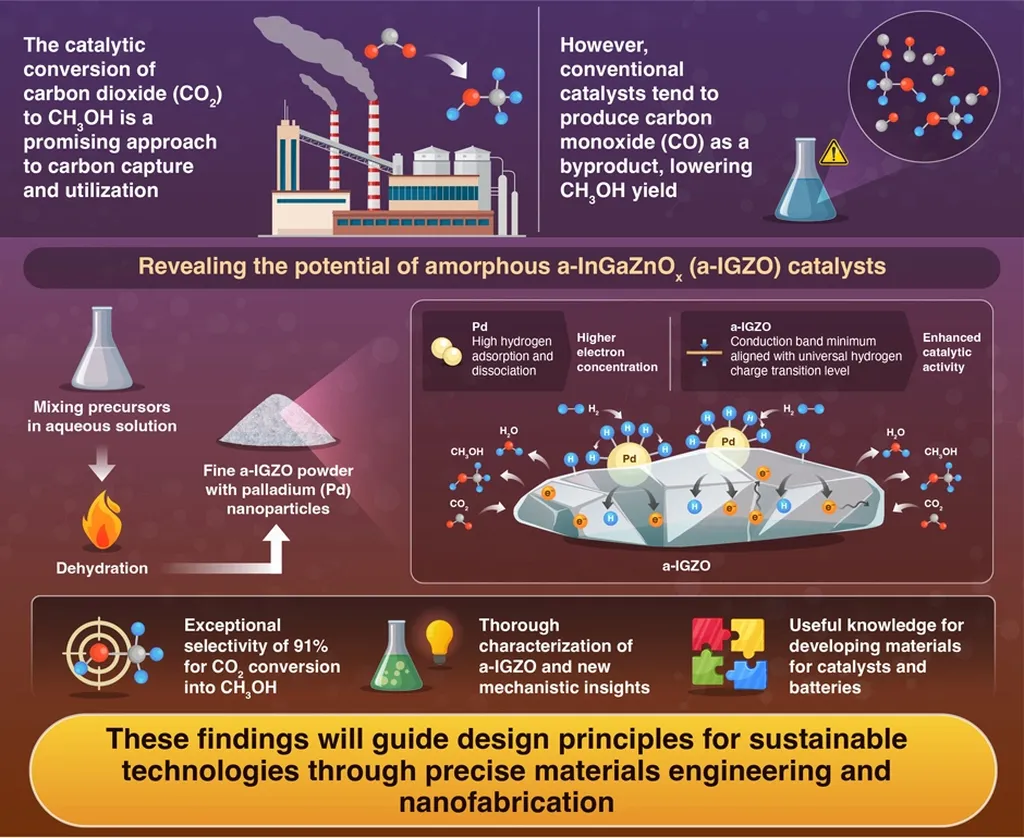In a significant stride toward combating global warming, researchers have developed a novel nanomembrane technology that could revolutionize direct air capture (DAC) of CO2. The study, led by Miho Ariyoshi of NanoMembrane Technologies Inc. in Fukuoka, Japan, presents a breakthrough in membrane design that could substantially impact the energy sector’s efforts to mitigate climate change.
The research, published in the journal “Advanced Materials Interfaces” (translated to English), focuses on the creation of free-standing, nanometer-thick membranes composed of layers of poly(dimethylsiloxane) (PDMS) and poly(ethylene glycol) (PEG). These nanomembranes are engineered through a process of sequential spin coating and radical cross-linking. To enhance physical stability, carbon nanotubes or cellulose nanofibers are incorporated into the design.
One of the standout achievements of this study is the development of a nanomembrane that exhibits record-breaking CO2 permeability (>10,000 GPU) and CO2/N2 selectivity (>50) at ambient conditions. This remarkable performance is attributed to the kinetic process of gas permeation, which is interface-controlled. “The interface between the polymer layers plays a crucial role in achieving high efficiency,” explains Ariyoshi. “This discovery offers a new design paradigm for highly efficient CO2 separation.”
The implications of this research for the energy sector are profound. Direct air capture technologies are increasingly seen as a vital tool in the fight against climate change, offering a way to remove CO2 directly from the atmosphere. However, the challenge has always been to achieve both high permeability and selectivity in the capture process. The development of these highly efficient nanomembranes could significantly enhance the viability and scalability of DAC technologies.
“Our findings could pave the way for more efficient and cost-effective CO2 capture systems,” says Ariyoshi. “This could have a transformative impact on the energy sector, enabling the development of more sustainable and environmentally friendly technologies.”
The study not only highlights the potential of these nanomembranes but also opens up new avenues for research in the field of membrane technology. By understanding the role of the nanolayer interface, researchers can explore further optimizations and innovations in membrane design. This could lead to advancements in various applications, from industrial gas separation to environmental remediation.
As the world continues to grapple with the challenges of climate change, breakthroughs like this offer a glimmer of hope. The development of highly efficient nanomembranes for direct air capture represents a significant step forward in the quest for sustainable energy solutions. With continued research and innovation, the energy sector can look forward to a future where advanced membrane technologies play a pivotal role in mitigating global warming and protecting our planet.

